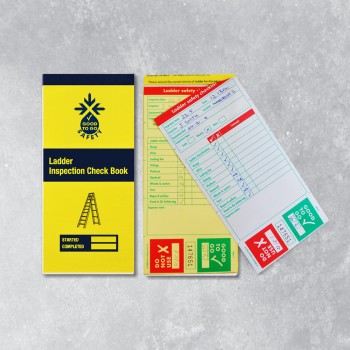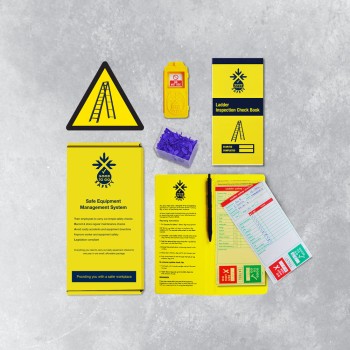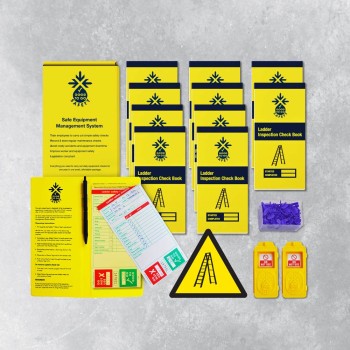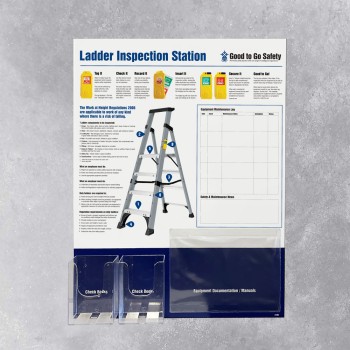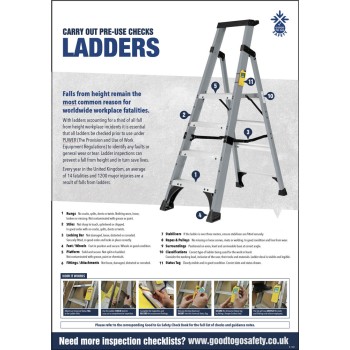As young children we have all been told fairy tales, myths and legends. Innocent youngsters simply absorb the delight and magic that centres around the likes of Santa Claus, the Easter Bunny, and the Tooth Fairy; Similarly they may tremble or hide beneath the blankets when told about Ghouls, Witches, Werewolves or Monsters that may live in their closet.
As adults we start to recognise that many fairy tales and the legends behind them, are actually watered-down versions of uncomfortable historical events. The Brothers Grimm sanitized their tales (originally written for adults), but they didn't totally eliminate the scary stuff. That's because fairy tales were intended not just to entertain children, but also to educate them about the consequences of evil deeds. Some psychologists argue that the creepy stuff helps children to grow emotionally, by allowing them to grapple with fears that are a part of growing up.
“So…”, I hear you say “If that’s the case, what’s the monster in the closet we refer to in our tale of forewarning?”
Well, it’s not a witch or a bogeyman, but in its own way, it is a monster to fear. Each year it kills hundreds of unsuspecting people and injures millions more.
It comes in different sizes and it screeches as it moves,
It appears completely harmless and it’s covered in weird grooves.
Mostly made of metal it can kill with one misstep,
Whenever you may need it be sure to do your prep.
A faulty one won’t get much badder,
The monster in the closet? The humble stepladder.
Many people have ladders in their home, basement, garage or shed for the occasional DIY job but did you know:
1. Falls from ladders account for an average of 14 workplace deaths and almost a third of all workplace injuries in the UK per year. Falls from ladders cost the UK economy £60 million every year, as well as being the number one cause of workplaces deaths. 2. According to the American Academy of Orthopaedic Surgeons, every year 500,000 people are treated for ladder-related injuries and approximately 300 of these incidents prove to be fatal in the US.
Thousands of lives are changed each year due to this seemingly innocent piece of equipment, yet they continue to remain beneath our radar and be considered low risk equipment by many.
Traumatology have recently been gaining interest in so-called “low height falls” with data showing that there was no significant difference in the frequency of neurosurgical procedures performed between those who fall from low heights vs high heights.
With this in mind, please take care whenever using a ladder. As someone who lived with a family member who suffered a head injury, I know the trauma, stress and grief it can cause to even the strongest family unit. Your mind and head are not something to gamble with. Be safe and follow these 10 simple rules:
1. Choose the right ladder for the task in hand
2. Inspect the ladder for any damage or issues before each use
3. Ensure physical capability of using a ladder
4. Set up the ladder on a flat and stable surface
5. Set the ladder up in a safe place (consider surroundings)
6. Never lean or reach away from the ladder (reposition the ladder if needs be)
7. Always maintain a three point of contact
8. Only take small items up or down a ladder
9. Apply the 1:4 rule (The base of the ladder being 1 meter away from the structure for every meter height of 4)
10. Descend the ladder with caution (remain facing the ladder with 3 points of contact
For more advice on the Safe Use of Ladders and Stepladders download a copy of: Guidance Document LA455 from The Ladder Association.
If you are unsure on what to inspect when checking your ladder then now is the time to invest in your safety with one of our ladder check books – order yours now at: www.goodtogosafety.co.uk



